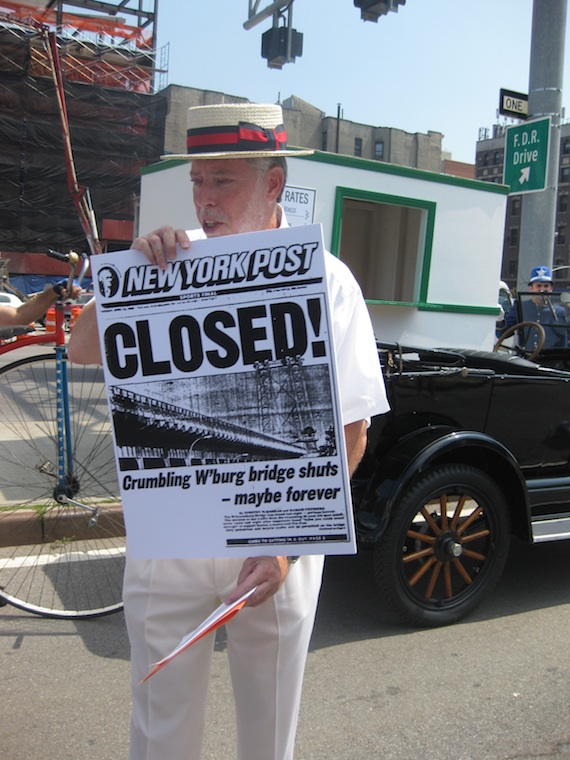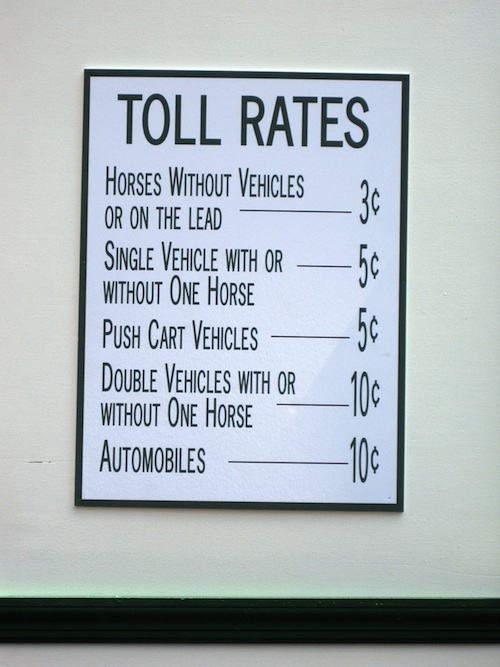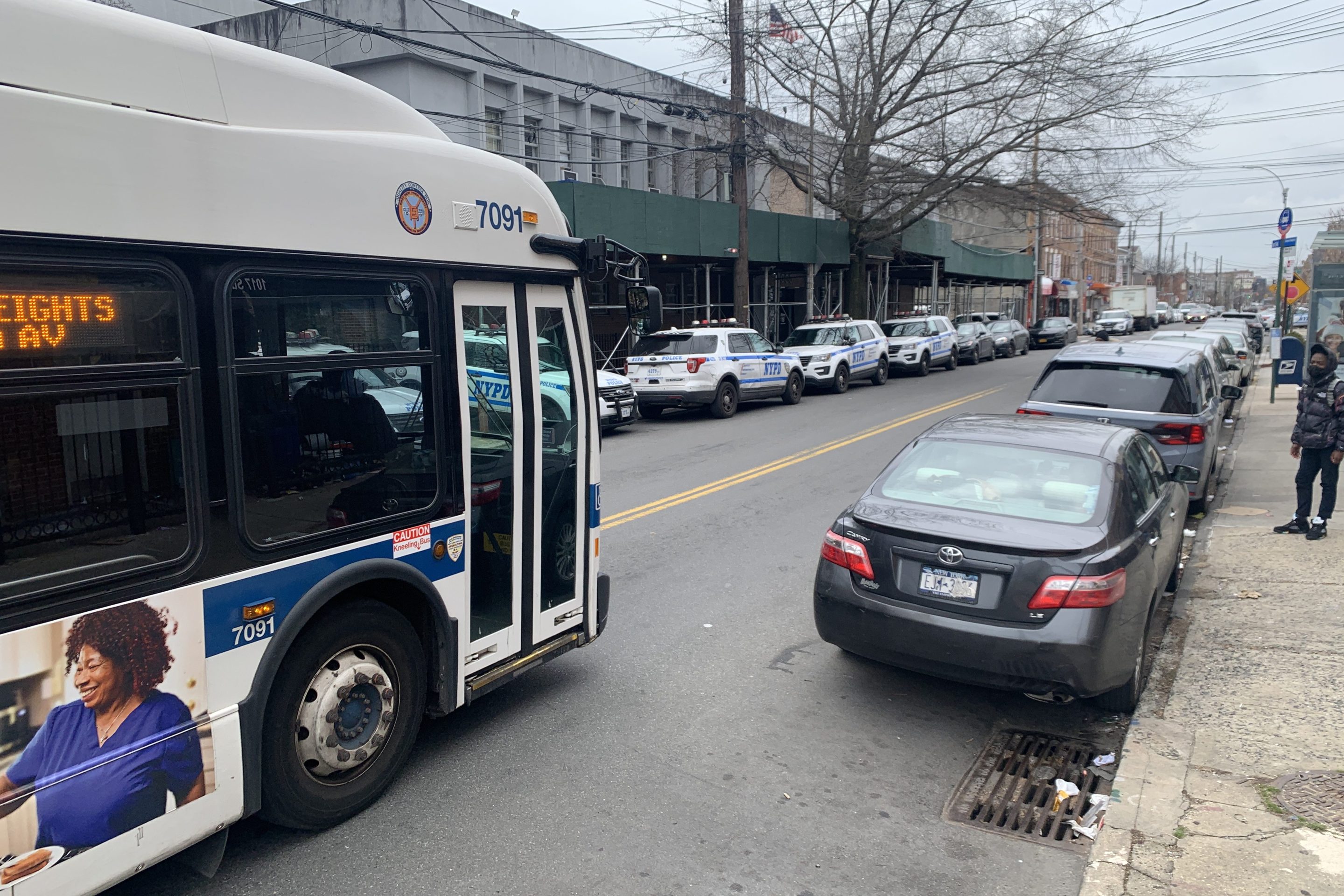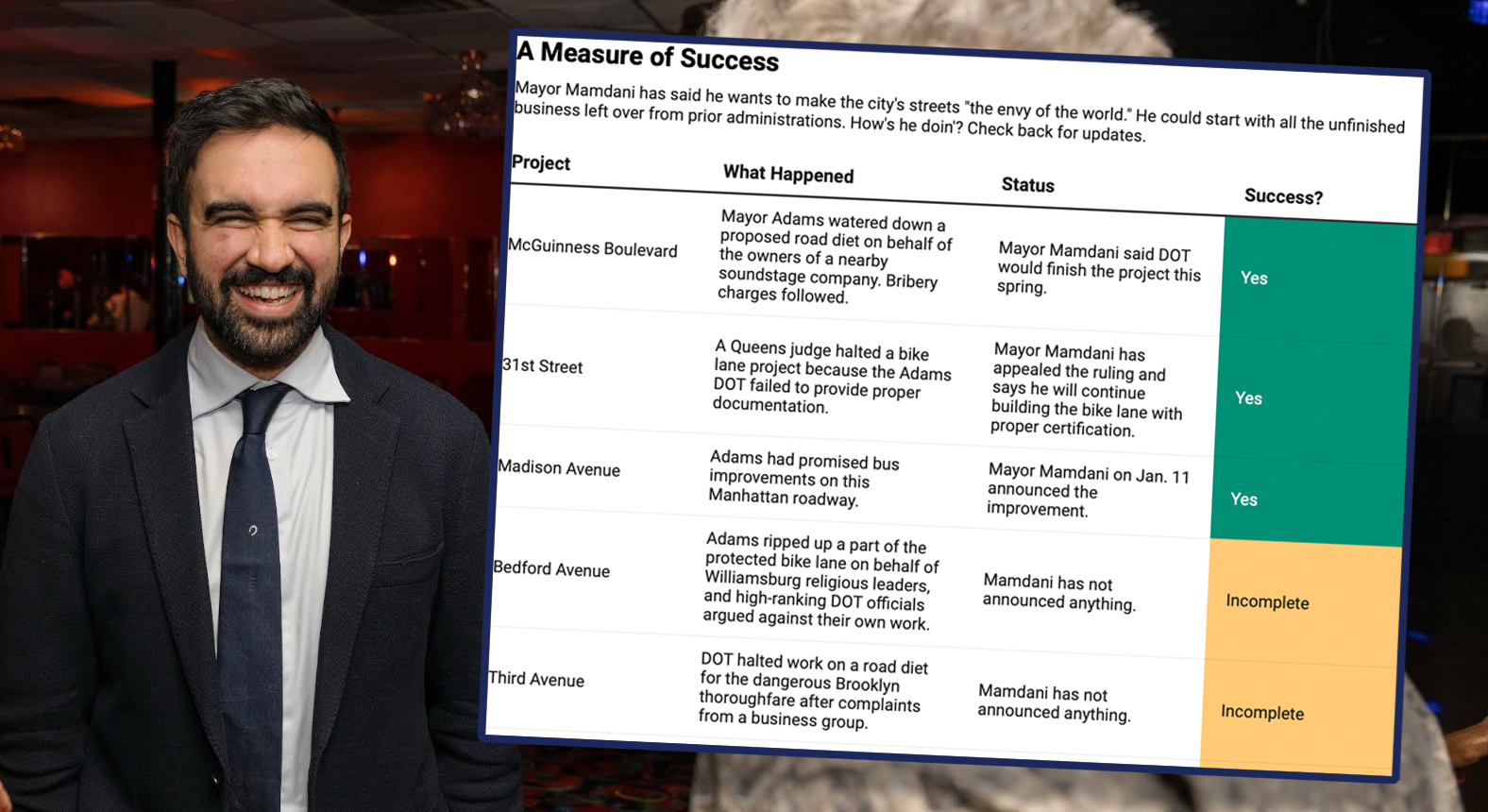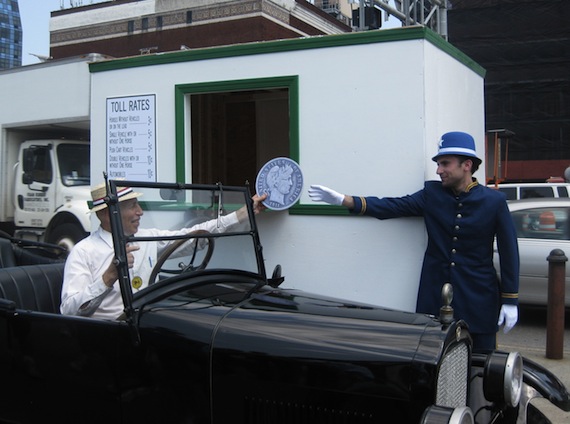
What transportation projects would you build with $31 billion? That's how much would have been raised had the tolls on the four city-owned East River Bridges not been removed 100 years ago today.
"We would have a subway that runs on Second Avenue from the Bronx to the Battery," said Sam Schwartz, the former city traffic commissioner and the co-founder of the New York City Bridges Centennial Commission. "We would see a subway to Staten Island which was started in 1923 and was aborted."
Not only would $31 billion have paid for major new transit projects, said Schwartz, it would have kept those free bridges in a state of good repair rather than the near-collapse they fell into in the 1980s. In 1988, recalled Schwartz, he had to close the entire Williamsburg Bridge for three months in 1988 to prevent it from falling into the river. "I would jealously look over at the Verrazano Bridge being painted and repainted," he said. "The difference at the Verrazano Bridge is you pay a $13 toll. You get what you pay for."
When Mayor William J. Gaynor tore out the tollbooths, driving across the bridge only cost a dime. Cyclists paid a nickel, and horse riders three cents. Even at those now-minimal rates, the payment of which was reenacted today by advocates in period dress and antique vehicles, the tolls would have raised over $1 billion in the last century, according to Schwartz. Had the tolls remained in place and then been raised over time to match the tolls on the Triborough Bridge, they'd have raised $31 billion in 2011 dollars.
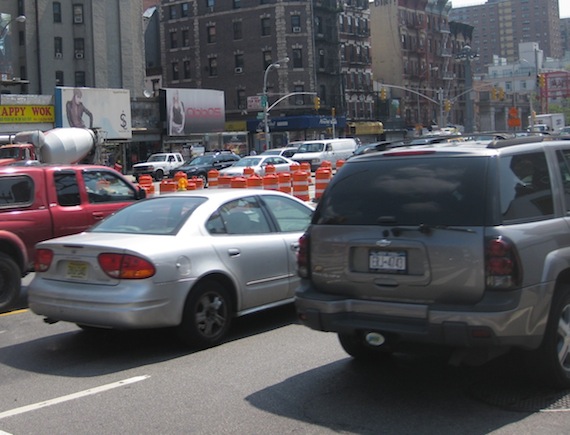
Today's reenactment took place at the foot of the Williamsburg Bridge. The grinding traffic in both directions spoke to another motive for restoring the tolls one hundred years later. In addition to raising revenue, bridge tolls would effectively curb congestion by ending the giveaway of some of the world's most in-demand roads.
At the time, Gaynor saw removing the tolls as a way of knitting together the new unified city of New York, which had only been formed thirteen years earlier. But even then, it was widely understood that taking out tolls meant giving a break to relatively privileged drivers over the rest of the city. The New York Times wrote that Francis Bent, a Tammany-aligned alderman from Brooklyn, "did not believe in removing tolls paid for the most part by wealthy automobile owners 'who did not care whether they paid tolls or not.'"
More pictures after the jump.
